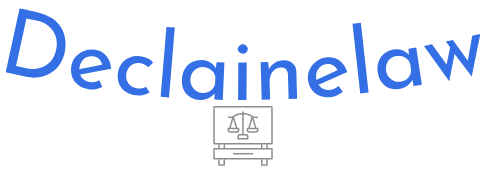[ad_1]
Legal assistance has long been a critical component of the justice system. It helps ensure that people have access to the legal tools and resources they need to understand and navigate complex legal issues. Unfortunately, traditional legal assistance can also be expensive, time-consuming, and difficult to access. This is especially true for individuals and communities with limited resources or those facing systemic barriers.
In recent years, innovative approaches to legal assistance have emerged that seek to break down these barriers and ensure that everyone has equal access to justice. Here are three examples:
1. Technology-Based Solutions
Technology has been a game-changer in the legal world. Online platforms like LegalZoom and Rocket Lawyer have made it easier for regular people to access legal resources and document preparation services. Other platforms, like Avvo and LawLytics, provide online directories of lawyers and law firms to help people find legal counsel in their area.
In addition to these online tools, tech-based solutions are being developed to streamline legal processes and make them more accessible. For example, chatbots and virtual assistants can help people navigate the legal system and answer basic questions, while AI-powered tools can analyze legal documents and provide insights and recommendations.
2. Mobile Legal Clinics
Many people who need legal assistance can’t afford the time or expense of visiting a traditional law firm or legal aid clinic. To address this issue, mobile legal clinics have been established across the country. These clinics, often staffed by pro bono lawyers, use vans or other vehicles to visit underserved communities and provide free legal assistance.
Mobile legal clinics are particularly effective in rural or low-income areas, where people may not have access to traditional legal resources. They can provide a range of legal services, from basic legal advice to document preparation and representation in court.
3. Collaborative Models
Collaboration between legal professionals and other service providers can be a powerful way to address complex legal issues and provide comprehensive assistance to clients. Collaborative models bring together lawyers, social workers, healthcare providers, and other professionals to work holistically with clients and address their legal, social, and health needs.
For example, legal aid organizations may partner with healthcare providers to help patients access legal assistance related to their medical issues. Similarly, schools may partner with legal aid organizations to provide legal assistance to families of students experiencing homelessness or other challenges.
By working together, legal professionals and other service providers can create more effective solutions that address the root causes of legal issues and provide more comprehensive support to clients.
In conclusion, innovative approaches to legal assistance are breaking down barriers and ensuring that more people have access to justice. Through technology-based solutions, mobile legal clinics, and collaborative models, lawyers and legal aid organizations are finding new ways to make legal assistance more accessible, affordable, and effective for everyone. These initiatives are helping to build a more just and equitable society, one where legal assistance is available to all who need it.
[ad_2]
